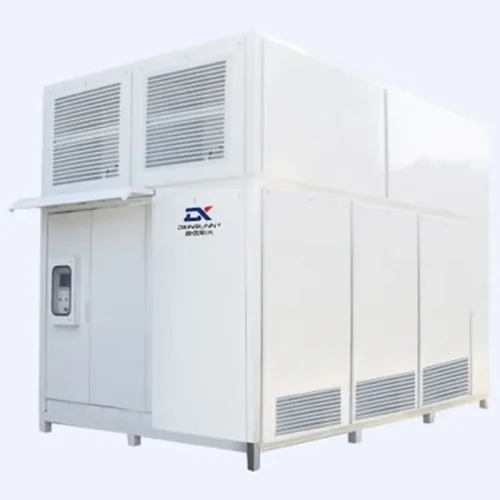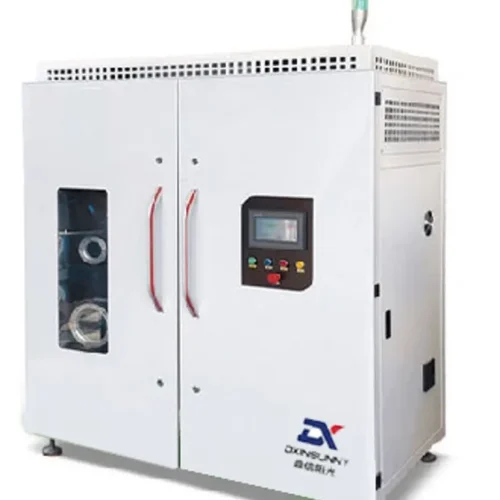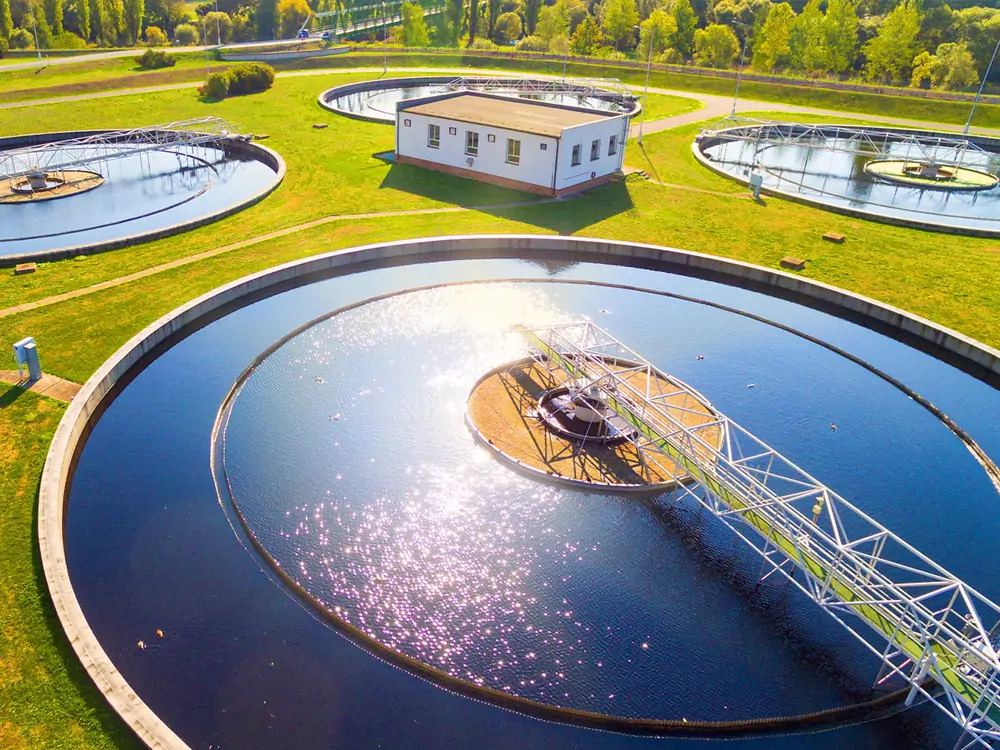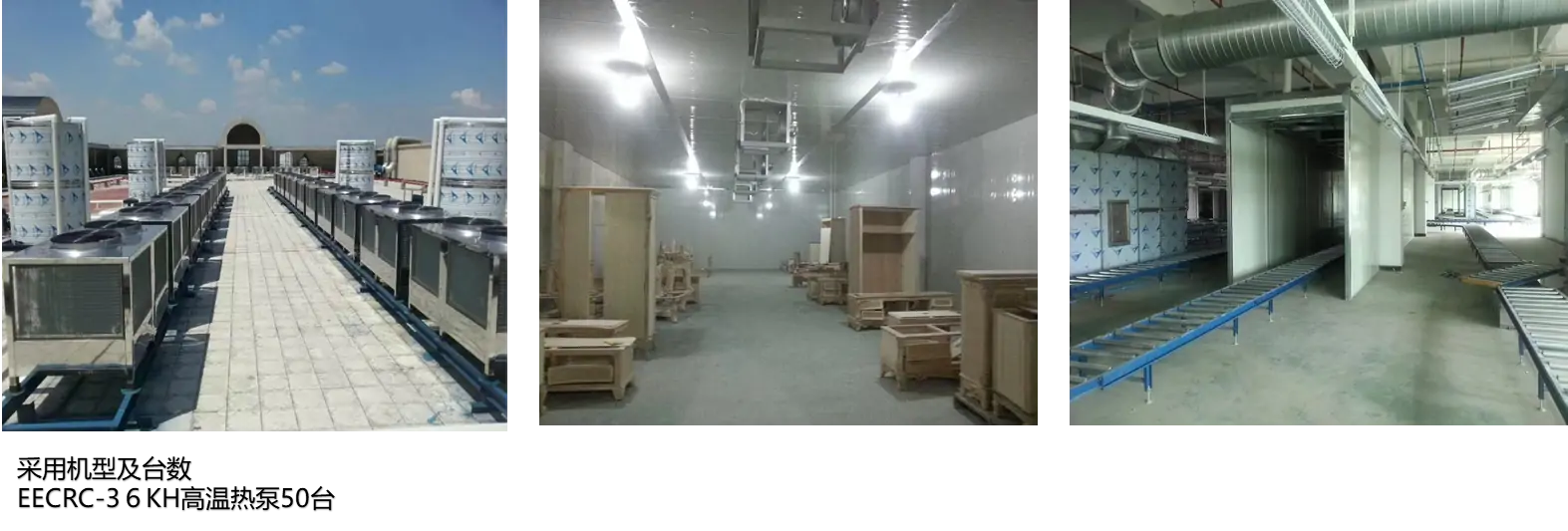Industrial Central water purification Solution systems
Industrial Central Water Purification Solution Systems are vital for industries. They consist of advanced technologies. A multimedia filter with sand, gravel, and anthracite removes particulate matter. Ion exchange resin handles specific ions. These systems ensure water quality for industrial processes.
















